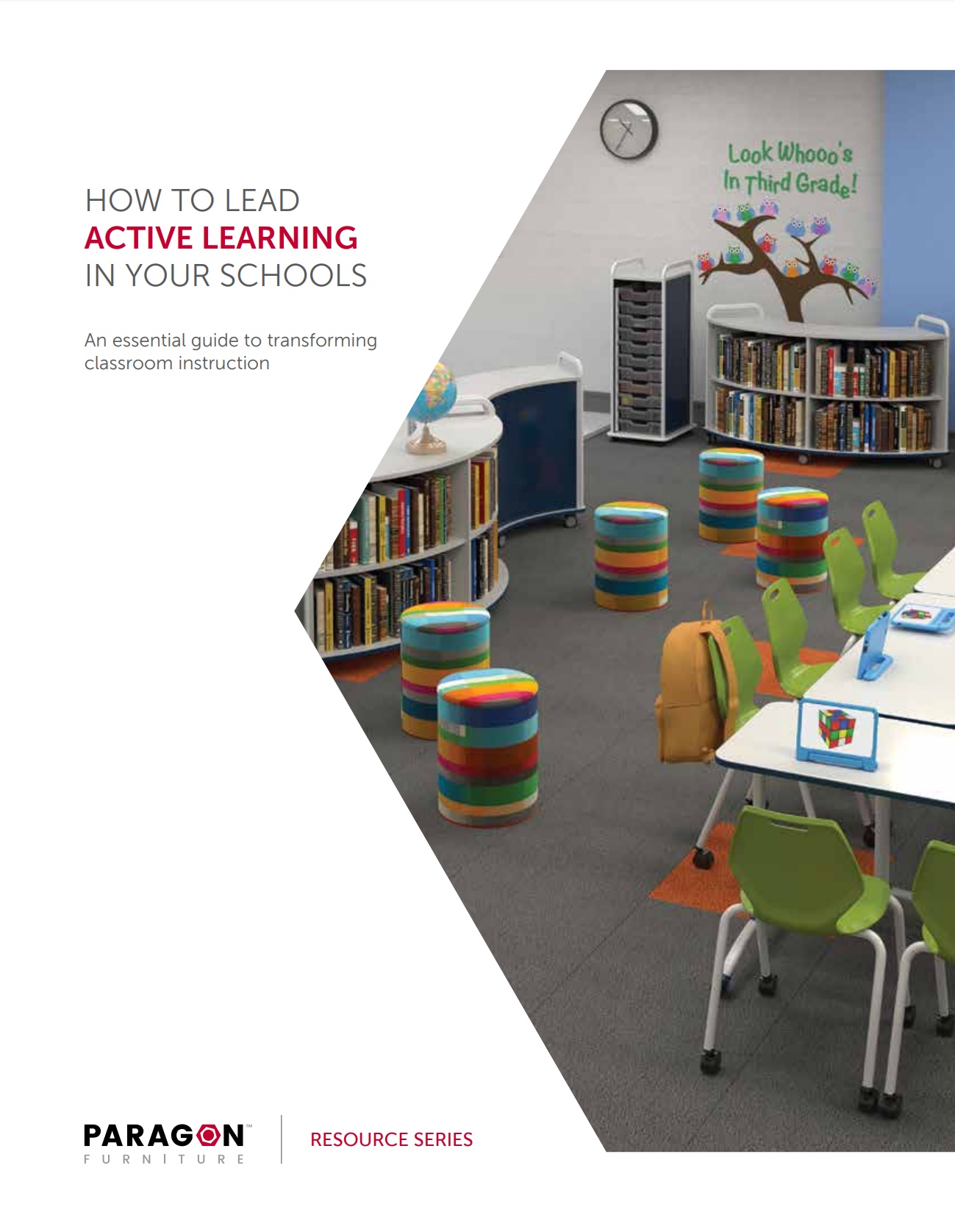HOW TO LEAD ACTIVE LEARNING IN YOUR SCHOOL
HELP STUDENTS TAKE AN ACTIVE & ENGAGED ROLE IN THEIR EDUCATION
Active learning is an instructional approach in which students take an active and fully engaged role in their education, rather than sitting passively and absorbing information. This might involve several different kinds of activities, such as class discussions, hands-on learning, collaborative group work, or other dynamic approaches to instruction.
Active learning is more engaging than just sitting and taking notes while a teacher is talking. It’s more effective than traditional instruction, and it also helps build critical 21st-century skills that employers desire.

When students are actively engaged in their learning, they are thinking, creating, sharing, communicating, and constructing new knowledge. They are also taking ownership of their education. For these reasons, active learning is replacing the old-school “sit and get” approach to instruction in many classrooms nationwide.
For active learning to be successful, however, a number of important elements must be in place. For instance, teachers need to be taught proven strategies for leading active learning in their classrooms. They need support structures to help them implement these strategies effectively, while overcoming their fears of trying something new in front of their students. And they need the right kind of classroom environment to support and encourage active learning—which includes the design of the learning space and how student desks and tables are configured.
This guidebook aims to help K-12 leaders provide these elements. Within these pages, you’ll find information to help you create a culture and an environment in your schools that fosters active learning and enables it to flourish.
Download our step-by-step implementation guide to help create active learning spaces!
CLASSROOM DESIGN FILES
Access all of the design resources you need to create a beautiful classroom!
